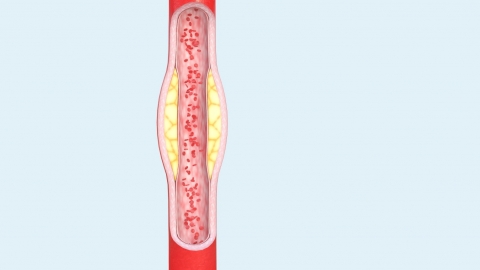How to treat lower limb arterial occlusion
Generally, lower limb arterial occlusion may be caused by factors such as unhealthy lifestyle habits, aging, hyperlipidemia, hypertension, diabetes, and others. Measures such as general treatment and medication can be taken to improve the condition. Prompt medical attention is necessary, and treatment should follow medical advice. Details are as follows:

1. Unhealthy lifestyle habits: Long-term unhealthy lifestyle habits, such as heavy smoking, unbalanced diet, and lack of exercise, can increase blood viscosity and damage vascular endothelial cells, promoting the formation of atherosclerosis, which leads to lower limb arterial occlusion. Lifestyle modifications are necessary, including quitting smoking, limiting alcohol consumption, maintaining a balanced diet, and increasing physical activity.
2. Aging: With advancing age, blood vessel walls gradually lose elasticity, the intima thickens, and the lumen narrows. This aging process accelerates the progression of atherosclerosis, increasing the risk of lower limb arterial occlusion. In addition to lifestyle modifications, surgical treatments such as arterial bypass grafting or endarterectomy may be performed under medical guidance.
3. Hyperlipidemia: Abnormal blood lipid levels, especially elevated low-density lipoprotein cholesterol, can lead to lipid deposition in the arterial walls, forming plaques—known as atherosclerosis. These plaques gradually grow larger, causing luminal narrowing or even occlusion, accompanied by dizziness. Lipid-lowering therapy can be administered under medical guidance using medications such as pravastatin sodium tablets, atorvastatin calcium tablets, and bezafibrate tablets.
4. Hypertension: Hypertension causes vascular endothelial cell damage, promoting the formation of atherosclerosis. Additionally, hypertension increases vascular wall tension and accelerates vascular aging, thereby increasing the risk of lower limb arterial occlusion, accompanied by headache. Antihypertensive medications such as nifedipine tablets, captopril sustained-release tablets, and irbesartan dispersible tablets may be used under medical supervision.
5. Diabetes: Diabetes causes disturbances in glucose metabolism, leading to lipid infiltration and accumulation in arterial walls, accelerating the progression of atherosclerosis. Furthermore, diabetes impairs vascular endothelial cell function and increases vascular wall permeability, exacerbating the risk of lower limb arterial occlusion, accompanied by polydipsia. Medications such as acarbose capsules, glimepiride tablets, and gliquidone tablets should be used under medical guidance to lower blood glucose levels.
It is important to control diet and increase physical activity in daily life to improve blood glucose levels.





